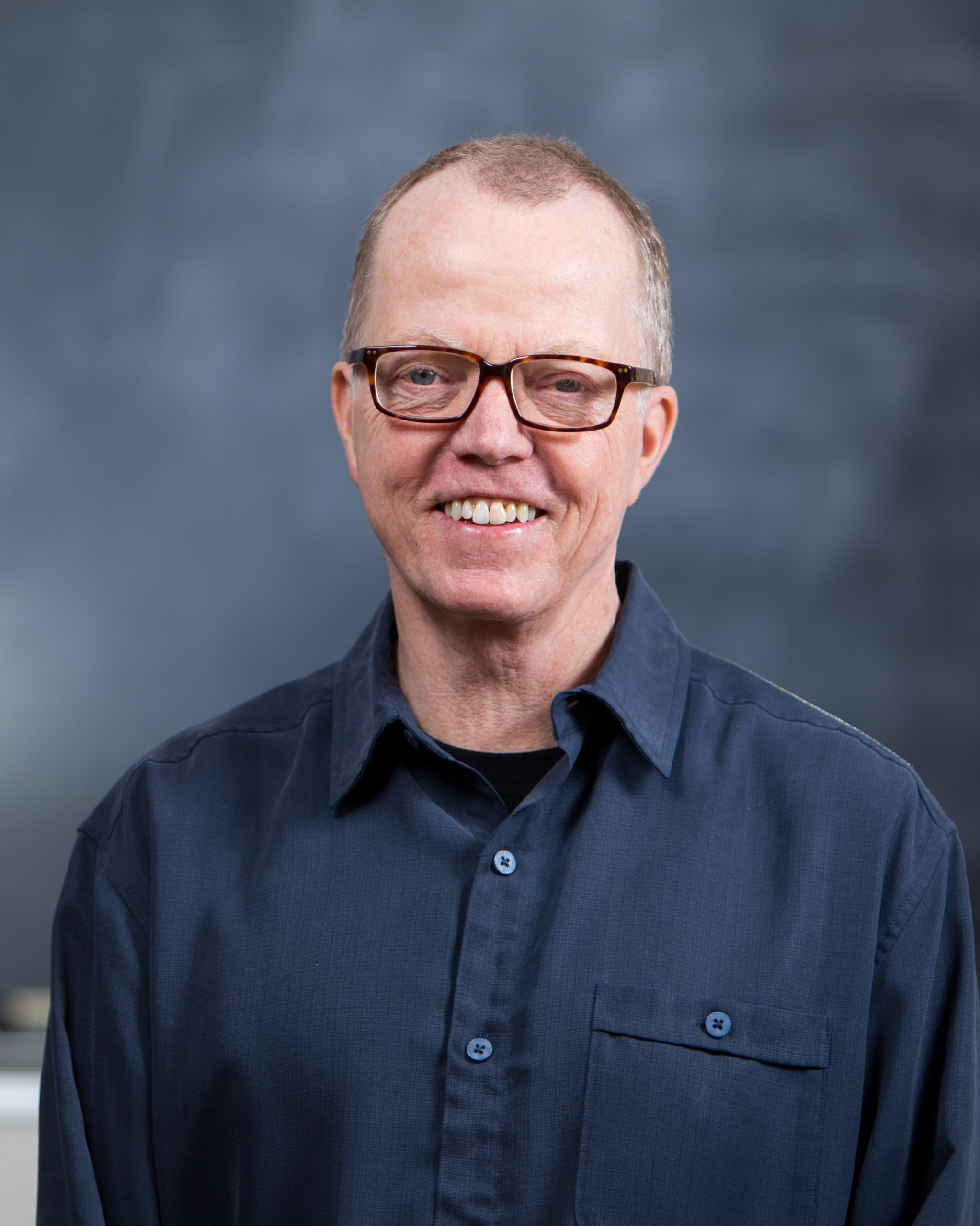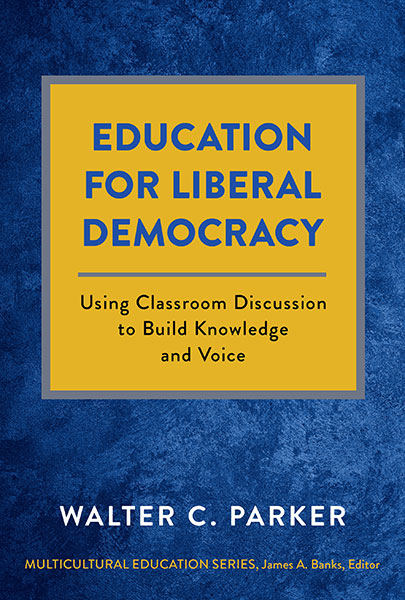By: Walter C. Parker


Walter C. Parker is professor emeritus of social studies education at the University of Washington, a member of the National Academy of Education, a fellow of the American Educational Research Association, and author of Teaching Democracy: Unity and Diversity in Public Life and Education for a Liberal Democracy: Using Classroom Discussion to Build Knowledge and Voice.
This piece was originally published by the Seattle Times, and is reposted with permission.
The two pillars of democracy—trust and truth—are now cracked. Many Americans believe the political system is corrupt (e.g., rigged, racist) and some don’t believe the results of elections, even certifiably fair ones. Related, we have lost a shared standard of truth and, with it, shared criteria for distinguishing fact from falsehood.
The trust crisis has been brewing at least since the Vietnam War. The truth crisis is newer and due mainly to the splintering effects of cable news and social media (each pod with its own reality). This has blurred the distinction between journalism and gossip. Making matters worse, we suffered a president who lied brazenly and relentlessly, redefining the way citizens talk about public policy.
The crises are linked. As sci-fi author Neal Stephenson observed, “The ability to talk in good faith about a shared reality is a foundational element of civics that we didn’t know we had until we suddenly and surprisingly lost it.”
Civic education at school should do what it can, and here are two fundamentals that are well within its wheelhouse.
First, teach democracy. We can start by revitalizing the high school government course. Alongside courses in U.S. history, this is the main site of civic education at school now. Most students in the country take it, often in their senior year as they reach voting age. And in Washington the course is required for graduation.
This is a nonpartisan course where the central ideas of American democracy are taught: individual rights and liberties, equality, justice and the rule of law, limited government, federalism, interest groups, and checks and balances.
Revitalizing the course means deepening students’ learning of these concepts, which takes learners beyond memorizing definitions to applying the concepts in real cases. It also involves experiential learning, such as role playing in political simulations and tackling community problems of interest to them.
But there’s an obstacle: If students are to succeed in the high school course, a robust social studies curriculum needs to be restored to the lower grades. Later learning grows in a garden of earlier learning; knowledge begets knowledge. The recent testing frenzy in reading and math pushed social studies to the sidelines in elementary schools, uprooting the garden and wrecking the sequence. We must bring it back.
Second, teach discussion. When children first come to school, they step out of the private world of babyhood and family. Familiar routines and relationships give way to a hodgepodge of strangers and new ways of interacting “in public.” This makes the school ideal for teaching students to communicate with others whether one likes them or not, to form and express opinions, to learn to wrestle with competing perspectives and to search for compromise.
Teachers who regularly plan and lead discussions do so because they know their effects. Students hone the ability to comprehend what they’ve read and learn to reason. These are not bull sessions. Discussion affords students the opportunity not only to express their knowledge but to determine if what others are saying requires them to change their opinions. This is civic discourse.
Schools can teach democratic knowledge and discussion in tandem. Schools have the needed assets: a curriculum, a diverse student body and teachers. They have primary grades for planting seeds and upper grades for cultivating them. And schools are places where language is king—where speech, not violence, is mobilized to settle disputes.
Knowledge of democracy and the ability to dialogue with others are the fundamentals of civic education at school. Neither is easy to achieve, but the needed resources are right there.
Photo by Ketut Subiyanto
